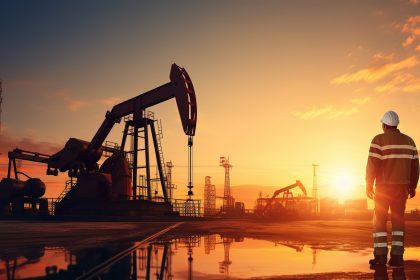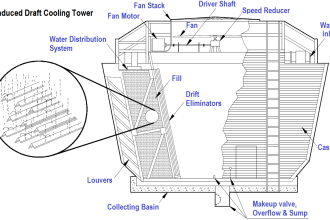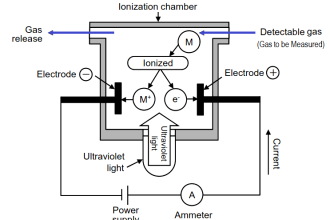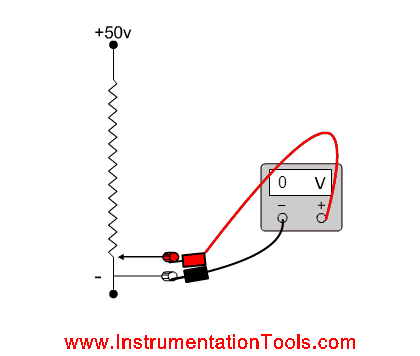Shipping by itself is no easy task. Imagine the procedure you have to go through to ensure that your freight gets to its destination intact. Now imagine what it would be like to ship large construction equipment – sounds like a momentous activity, right?
Shipping Large Construction Equipment
Shipping large construction equipment is challenging, and neither is it something to be taken lightly.
Considering the size of the equipment, you must take extra precautions and care to ensure that the equipment gets to its destination in one piece and is in good working condition.
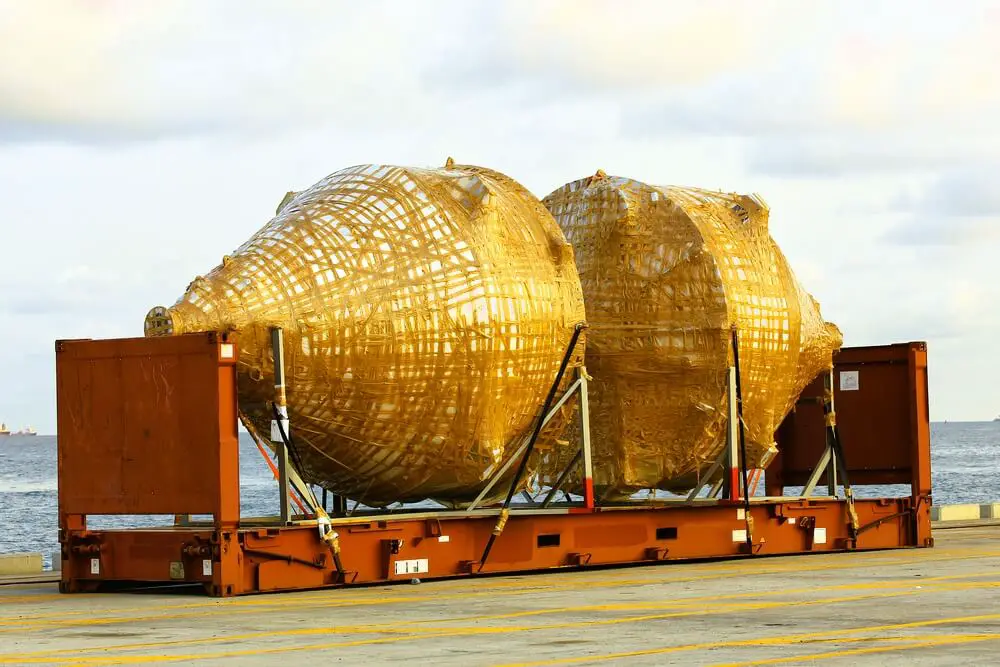
Since not all shipping companies know how to ship large construction equipment, it’s always a good idea to look for companies that are experts in heavy hauling to take charge.
In addition, you also have to play your part, and if you’re unsure of what needs to be done, here are some tips for shipping large construction equipment that you need to know.
Choose The Right Shipping Method
One of the first things to consider is how to ship construction equipment.
Many of these methods depend on the size and shape of the machinery, but overall, there are four recommended shipping methods for heavy machinery, and they are the following:
The Container Shipping Method
If what you are looking for is a means for easy loading and offloading with a space requirement of 20-40 feet, the good old container shipping method suits you well.
This method is one of the most preferred because of the ease of transportation that it offers. Still, considering the size of many construction machines, it may be necessary to disassemble the equipment for proper fitting and reassembling once the machinery reaches its destination.
The Flat Rack Shipping Method
This method involves mounting heavy equipment on stackable surfaces like racks. The flat rack is a container without a roof or walls to confine or shield the equipment.
This shipping method is ideal for those who do not desire to go through the disassembling and reassembling process involved in the container shipping method. Still, it often exposes the container to adverse weather conditions and elements.
The Lift-On/Lift-Off Method
Also known as LoLo, this shipping process involves using a crane to lift the heavy construction equipment onto the ship and lift it off once the ship arrives at its destination.
The LoLo method is straightforward to execute. Even though it requires a professional and specialized crew to handle the lift on and off, it is an easy method to employ.
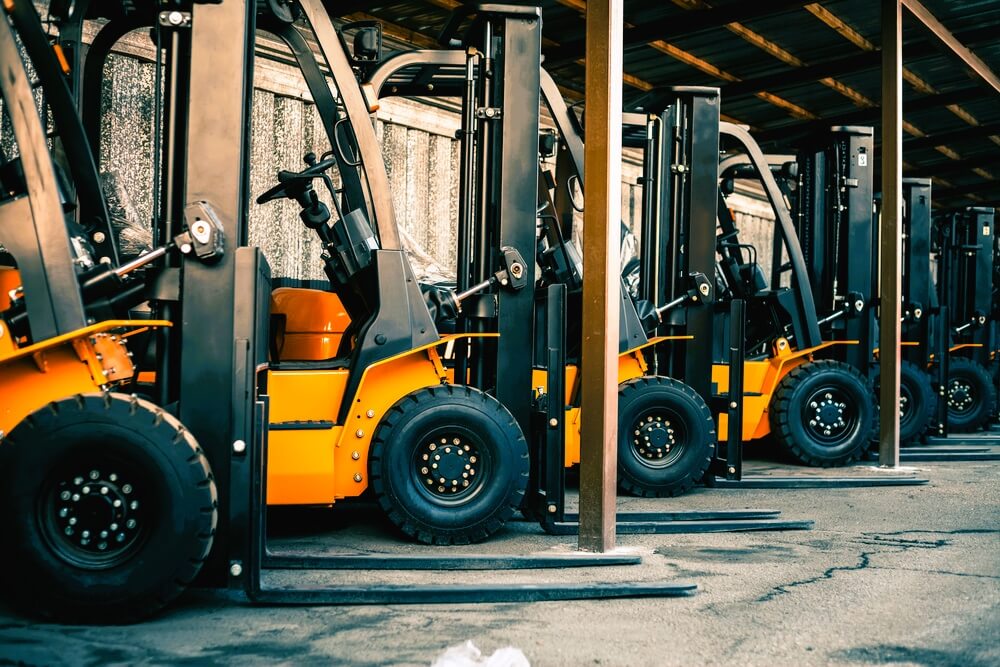
The Roll-On/Roll-Off Method
For heavy construction equipment that can be rolled, the RoRo method is a convenient one to employ.
The process involves the machinery being rolled directly onto the ship and rolled off at the destination. While it is similar to the LoLo method, it requires a certain level of sturdiness on the part of the equipment to avoid it falling apart or being damaged.
Insurance
You must consider the wide range of risks associated with shipping, specifically for large construction equipment. Therefore, it’s essential to have freight insurance to cover any form of damage that could occur during the shipping process.
Many shipping companies offer basic freight insurance to their clients, but considering the nature and size of your shipping requirement, the basic insurance package might not cover much.
In such a case, you can look for third-party insurance companies that have packages for your type of need to ensure that nothing is lost in case things go sideways.
Secure All Parts
In instances where you might be disassembling parts of the equipment to fit into the container, a good tip to ensure the safety of all parts is to properly secure them, no matter how small they may be.
Before shipping, ensure that all components and accessories are securely fastened. Zip-tie the doors, secure the tires in place, etc., and for small parts that cannot be left on their own, you can secure them in Ziplock bags or other pouches to keep all parts safe.
Also, keep a list of all items disassembled or removed so that when the equipment reaches its destination, you’ll be able to inspect it.
Remove, Unplug And Cover Essential Parts
When shipping heavy construction equipment, you need to minimize the damage that can occur, so even when you do not need to disassemble the entire equipment, there are some things you should remove.
For example, the battery should be unplugged and, if possible, removed to avoid it getting drained to ensure that you can start your equipment upon arrival. Another thing you can remove would be the tires.
Shipping trips are long, and when tires are left stagnant for a long time without usage, they can deflate over time or even rupture; therefore, it is best to remove them for preservation.
Finally, be sure to cover essential and vulnerable parts like the tank and lines, the windows, and the windshield, as well as other parts with instrument enclosure or other items to protect them from the damaging effects of weather elements like extreme heat or cold.
Conclusion
Shipping heavy construction equipment is not easy, nor is it something to take lightly. Moreover, you can never be too cautious throughout the shipping process.
But through the services of professional shipping companies and with some of the tips mentioned above, you can make this task less daunting and securely deliver your heavy construction equipment to its destination.






